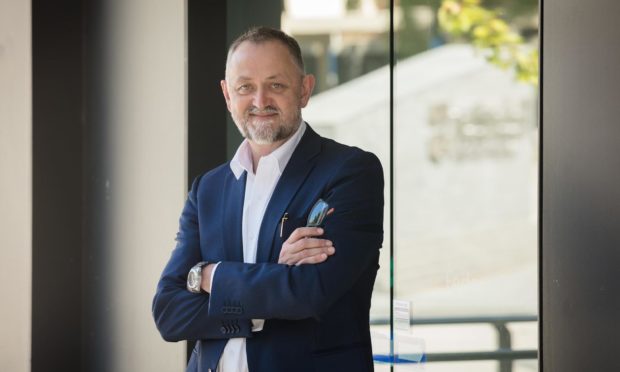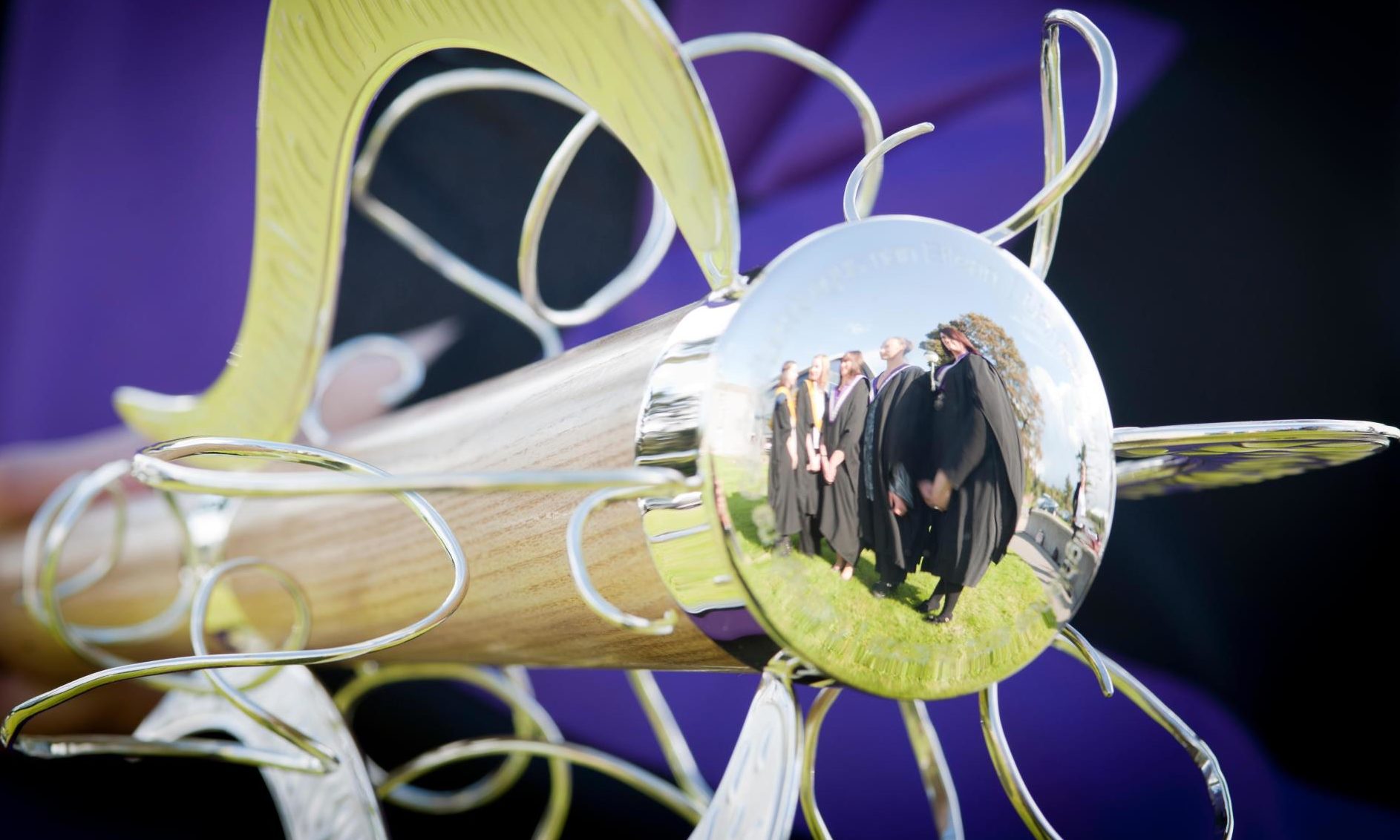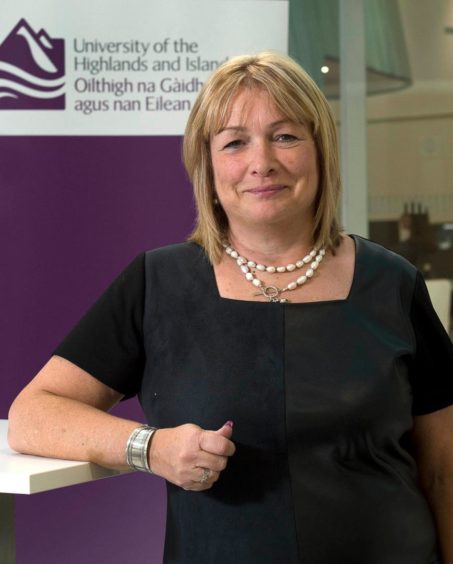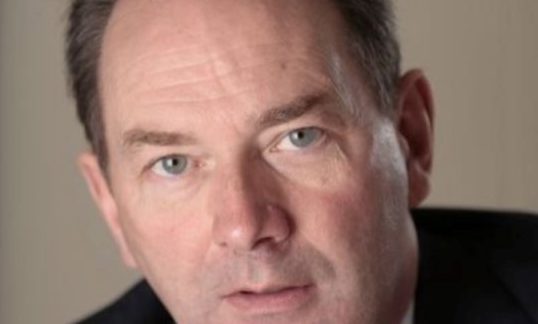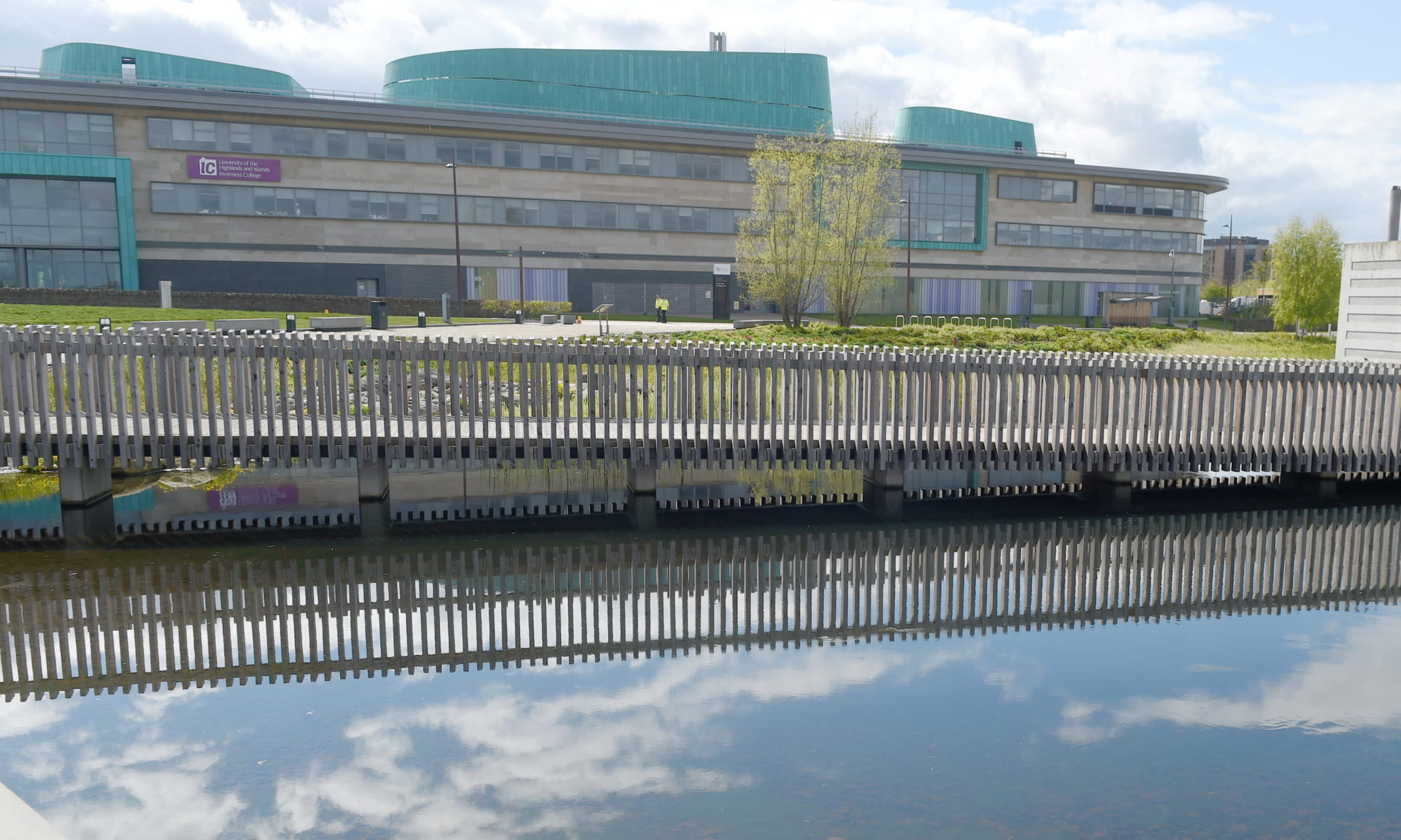The University of the Highlands and Islands (UHI) marks its 10th anniversary next week by stretching its dispersed multi-campus model to the other side of the world.
The institution’s new principal and vice chancellor Professor Todd Walker takes up his post on February 1 – exactly 10 years since university status was achieved.
But travel restrictions mean Prof Walker will initially be carrying out his duties from Australia where he was provost and deputy vice-chancellor at University of New England (UNE), which operates several campuses in New South Wales.
He said: “Regretfully, my arrival at UHI has been delayed a few weeks. However, I will be commencing the role remotely from Australia from February 1. This is due to current Covid restrictions as both countries are hyper-vigilant about international travel.
“While the delay is beyond our control, we are putting all resources to expedite my arrival in Scotland.
“That said, even if I were in Inverness, I would be managing the new role from a study or bedroom. Starting in Australia is a small price to pay, compared to the hardship some people are having to endure at the moment.”
Prof Walker added: “Of course we have immediate decisions to make about managing the academic year in light of the government’s Covid guidelines and supporting our students. I feel very excited by the prospect of joining UHI at such an important time.”
As part of the tenth anniversary celebrations, the university is hosting a series of seminars to focus on its role as an economic driver for the region and to look at how it will help lead the region to recovery post-Covid and towards the next decade.
These will include rural health services and the impact of commercialising rural health products and services, rural digital provision and rural mental health.
Achieving university status was a major milestone for the Highlands and Islands as it helped reverse a traditional trend of young people heading to established universities in other parts of Scotland, according to Fiona Larg, the institution’s CEO and secretary.
“When it was called the UHI Millennium Institute (before university status) it was not the first choice of school leavers. It didn’t mean anything, particularly to an 18-year-old who had just finished their Highers.
“Careers advisers and teachers were the same, they were still pushing people towards the more traditional universities. So it was so important to us to get university title.
“Since then the situation has transformed in terms of the level of activity, the number of students we have and the impact we have on the Highlands and Islands.”
The university network is made up of 13 independent colleges and research institutions and covers the largest geographical area of any campus-based university or college in the UK. It also has the largest student population in Scotland, with nearly 40,000 students studying across the partnership each year.
A recent economic assessment showed it contributes £560 million annually to the region and supports 6,200 jobs. It also said that for every £1 spent on the university it puts back £4 into the economies of the Highlands and Islands, Moray and Perthshire.
The report said the partnership’s contribution goes beyond the economic and employment impact, supporting “sustainable and inclusive economic wellbeing and social development” for people, communities and employers.
Another report said between 2015 and 2018 the proportion of 15-30 year-olds committed to staying in the Highlands and Islands increased from 35% to 46%. The proportion of school-leavers committed to leaving decreased from 56% to 42% over the same period.
Ms Larg said: “Year on year the number of school leavers choosing UHI as the first choice has increased. We are certainly much more attractive now.
“Over the ten years we’ve also moved away from having a high percentage of part-time students, the highest in Scotland, to having a majority of full-time students.”
She said a problem the university inherited was the “missing 10,000” – highlighted by HIE which looked at Census data from 2004 for the 16-30 age group and worked out that, if the population of the Highlands and Islands had the same profile as Scotland, it would have had an additional 10,000 young people.
She added: “One of the long term aims of the university is to address this deficit by attracting more young people to the area and offering more of our young people the opportunity to stay.
“If we didn’t have a university the young people would have continued to have drifted away. And what’s also happened over the last decade is the increasing numbers of students coming from other parts of Scotland and UK to study in the Highlands.
“We have so many specialist courses where the best places to study is in the Highlands and Islands. Where better to do a degree in archaeology than Orkney, or marine science in Oban, or Gaelic in Skye, for example.
“We’ve also created high quality jobs over that period, including senior academics moving into the area and been able to keep people of calibre across the whole area.”
Politician was surprising but key figure in creation of university
A rather surprising but key figure looms large in the long-running campaign to achieve a university for the Highlands and Islands.
Michael Forsyth, now Lord Forsyth of Drumlean, was the Conservative Scottish Secretary with a traditional university background and whose party was not particularly popular in the north in the 1990s.
He surprised many, not least his own officials, when he announced support for the university during a sitting of the Scottish Grand Committee in Inverness in 1996, at a time when the proposal faced opposition from within government and academia.
Lord Forsyth said he decided to act after being frustrated at the lack of progress on the project at the time.
“One of the things that struck me was that how difficult it was if you were on Colonsay, or Skye or one of the island to get further education or higher education.
“I thought it would be possible to set up a university of the Highlands that would use new technology in order to deliver education, and deliver it to remote parts of Scotland.
“At that time Scotland had a global reputation for being really good at education. If it was successful in the Highlands it could also be delivered to Africa, or anywhere.
“There was huge resistance from the traditional universities who basically saw it taking resources that would otherwise be coming to them, I guess.
“There was a lot of lobbying against it as well l as for it. I felt it was getting nowhere. A lot of people were coming up with reasons why it wouldn’t work.
“So, I thought we’ll just announce we’re doing it and they will have to do it. That’s exactly what happened.”
Lord Forsyth added: “I saw it as being an opportunity to present a different model for delivering higher education and saw the technology coming which meant you didn’t necessarily have to have a lecturer in Scotland delivered lectures to someone in Lewis or Ullapool or wherever. “
He said a disappointment was that the structure seemed to become more centralised, although the university counters that it has regional decision-making structures across further and higher education and departments spread across the partnership.
He added: “I hope that one of the good things that may come out of Covid is people might see that vision of taking the Scottish brand and reputation for being good at education and the traditional Highland view of seeing education as something of value in itself and being able to deliver it in situ in local communities.”
Campaign for university dates back many decades
While it is 10 years since the University of the Highlands and Islands was formally established, the campaign for a north institution goes back several decades.
The region missed out in the 1960s when Stirling was preferred as the location for the next Scottish university.
In 1991, Highland Regional Council set up a steering group, chaired by education committee convener Val MacIver to examine the case for a university.
Professor Sir Graham Hills, formerly principal and vice-chancellor of Strathclyde University, was appointed to report on the way forward. The following year his report confirmed the scope for a federal, collegiate university based on existing further education colleges.
Other milestones –
1993 – University project office created by Highlands and Islands Enterprise (HIE).
1995 – First member of staff appointed and UHI Ltd awards its first 12 research projects.
1996 – Scottish Secretary Michael Forsyth announces support for the university. The Millennium Commission awards the project £33.35 million.
1997 – Academic partnership agreement with the Open University.
1998 – Former Runrig singer Donnie Munro elected first rector.
2001 – UHI Millennium Institute created as a higher education institution
2008 – Privy Council awards taught degree awarding powers
2011 – University title awarded by the Privy Council. James Fraser becomes the first principal and the Princess Royal the first chancellor.
2017 – University awarded £9m from the Inverness and Highland City-Region Deal. Micro campus at the Human Institute of Engineering in China.
2020 – University launches a fund to support students affected by the Coronavirus pandemic.
